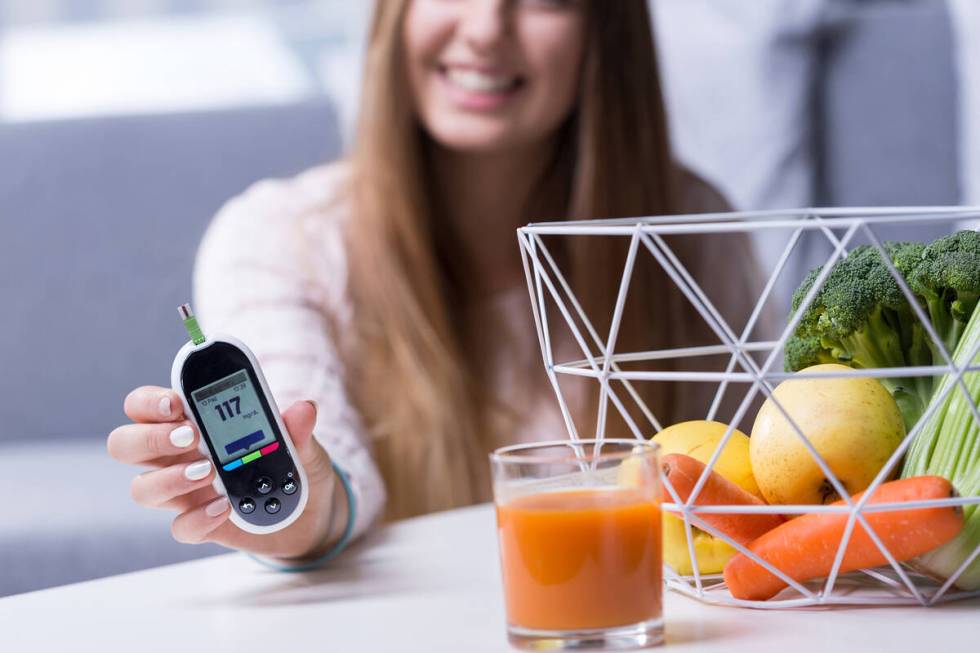Feeding kids with Type 1 diabetes is tricky

I met her at a function for young children at our church. Unlike the other parents who dropped off their kids and came back later to pick them up, this young mom stayed and waited.
“My son has Type 1 diabetes,” she explained. “I like to monitor his blood sugars when the snack is served so I can give him insulin if he needs it.”
She showed me the smartwatch on her wrist. Her son wears a continuous glucose monitor (CGM) that records his blood sugar every five minutes and sends the information to his mom’s device. And because he also wears an insulin pump, he can discretely get the insulin he needs without the poke of a needle.
We’ve come a long way. In the early 1990s, a friend of mine whose young son had Type 1 diabetes described how she’d chase her toddler around the house trying to give him the multiple shots of insulin he needed each day to survive. And because every blood sugar reading required a prick to his finger, she was often unaware if his blood sugar levels were too high or too low.
Type 1 diabetes is the most common type of diabetes in young people. It happens when — for reasons not yet fully understood — the body turns on itself and destroys the cells that produce the hormone insulin.
Without insulin, the body is unable to deliver energy into cells. To sustain their lives, people with Type 1 diabetes depend on multiple doses of insulin every day.
Feeding kids with Type 1 diabetes is tricky. They are still growing. And their appetites and habits change from day to day.
Experts tell us that no single “diet” is best for children with Type 1 diabetes. While these kids must carefully match their insulin doses to the amount of sugars and starches (carbohydrates) they eat, they still need the same nutrients and experiences with food as other children. That’s why the technology of CGMs (no finger sticks!) and insulin pumps that deliver insulin with the touch of a button is so great for kids.
The biggest fear for those with Type 1 diabetes is hypoglycemia (low blood sugar). This can occur if too much insulin is given for the amount of food one eats. And it’s also a concern when childer are more active than usual without proper adjustments to their diet and insulin dose. In other words, it’s complicated.
Again, thanks to modern technology, a child who wears a CGM gets an audible alarm whenever their blood sugar is on the down slope. Parents and kids can rest easier because of this feature.
Barbara Intermill is a registered dietitian nutritionist and syndicated columnist. Email her at barbara@quinnessentialnutrition.com.